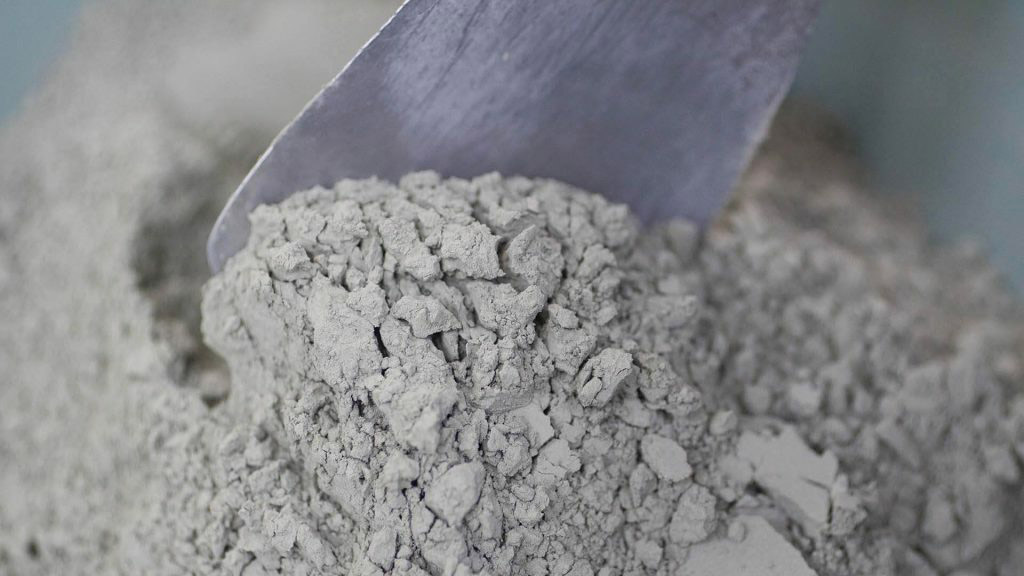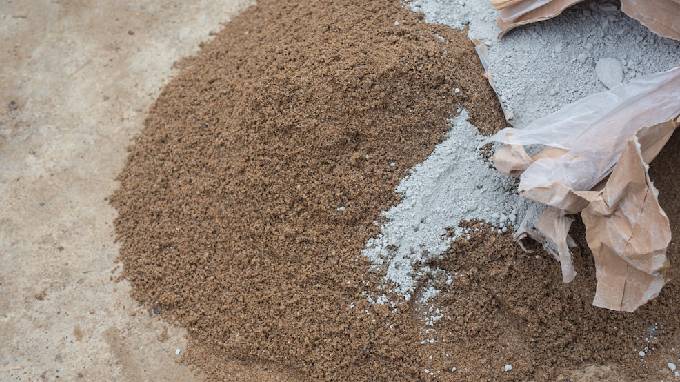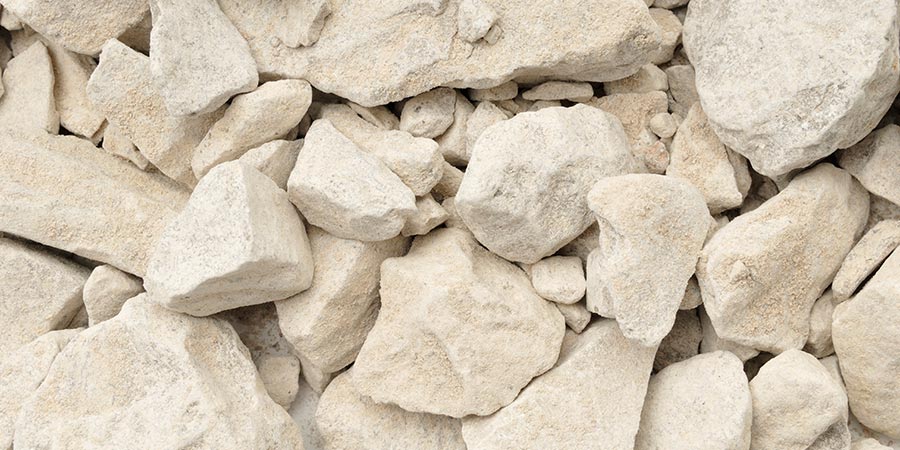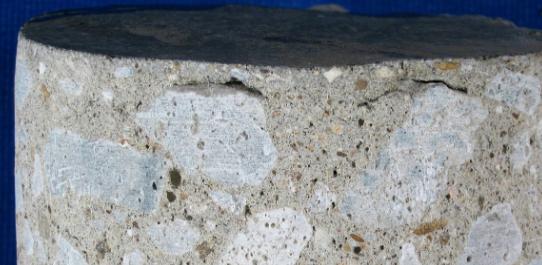




Table of Contents
- Introduction
- Ordinary Portland Cement (OPC)
- Portland Pozzolana Cement (PPC)
- Portland Slag Cement (PSC)
- White Cement
- Sulphate Resisting Cement
- Rapid Hardening Cement
- Low Heat Cement
- High Alumina Cement
- Portland Lime Cement
- Air Entraining Cement
- Conclusion
- Faq's
Introduction
Cement is a fundamental component in the construction industry, playing a crucial role in building structures that are safe, durable, and resilient. With various types of cement available, it's essential to understand their unique properties and applications to choose the right one for your project. This guide explores the most common types of cement, their characteristics, and their ideal uses.
Ordinary Portland Cement (OPC)
Ordinary Portland Cement (OPC) is the most widely used type of cement. It is available in three grades: 33 Grade, 43 Grade, and 53 Grade, which refer to the compressive strength of the cement at 28 days of curing. OPC is suitable for general construction purposes, including residential, commercial, and industrial buildings. It is known for its quick setting time and high early strength, making it ideal for fast-paced construction projects.
 Ordinary Portland Cement (OPC)
Ordinary Portland Cement (OPC)
Portland Pozzolana Cement (PPC)
Portland Pozzolana Cement (PPC) is a blended cement that combines OPC with pozzolanic materials such as fly ash, volcanic ash, or silica fumes. PPC offers improved workability, reduced permeability, and enhanced durability. It is particularly suitable for structures exposed to aggressive environments, such as marine structures, sewage treatment plants, and dams. PPC also has lower heat of hydration, which minimizes the risk of thermal cracking.
 Portland Pozzolana Cement (PPC)
Portland Pozzolana Cement (PPC)
Portland Slag Cement (PSC)
Portland Slag Cement (PSC) is made by blending OPC with ground granulated blast furnace slag (GGBFS). PSC is known for its excellent resistance to sulfate and chloride attacks, making it ideal for coastal and marine construction. It also exhibits lower heat of hydration and better workability. PSC is commonly used in mass concrete works, such as foundations, dams, and retaining walls.
 Portland Slag Cement (PSC)
Portland Slag Cement (PSC)
White Cement
White Cement is similar to OPC but is distinguished by its white color, achieved through the use of raw materials that are low in iron and manganese. White cement is used for decorative and architectural applications, such as precast curtain walls, terrazzo floors, and decorative concrete products. It provides a clean, bright finish and can be tinted to produce various colors.
 White Cement
White Cement
Sulphate Resisting Cement
Sulphate Resisting Cement is designed to resist sulfate attacks, which can cause expansion and cracking in concrete. It is produced by limiting the amount of tricalcium aluminate (C3A) in the cement. This type of cement is ideal for structures exposed to high sulfate content in soil or groundwater, such as foundations, basements, and sewage treatment plants.
 Sulphate Resisting Cement
Sulphate Resisting Cement
Rapid Hardening Cement
Rapid Hardening Cement gains strength more quickly than OPC. It is made by increasing the C3S content and finely grinding the cement. This type of cement is used in situations where early strength is crucial, such as in the repair of roads and bridges, prefabricated concrete construction, and in cold weather concreting where rapid strength gain helps in minimizing frost damage.
Rapid Hardening Cement
Low Heat Cement
Low Heat Cement is designed to produce less heat during the hydration process. This property reduces the risk of thermal cracking in large concrete pours, such as dams, bridge abutments, and thick foundation slabs. It contains lower proportions of C3A and C3S and higher proportions of C2S.
 Low Heat Cement
Low Heat Cement
High Alumina Cement
High Alumina Cement is known for its rapid strength gain and resistance to chemical attacks. It is produced by fusing or sintering a mixture of bauxite and lime, which results in a high alumina content. This type of cement is used in refractory concrete, which can withstand high temperatures, and in environments exposed to aggressive chemicals.
High Alumina Cement
Portland Lime Cement
Portland Lime Cement is a blend of OPC and lime. The addition of lime improves the workability and water retention of the cement mix. This type of cement is commonly used in masonry works, such as bricklaying, plastering, and rendering.
 Portland Lime Cement
Portland Lime Cement
Air Entraining Cement
Air Entraining Cement contains an air-entraining agent that introduces tiny air bubbles into the concrete mix. These air bubbles improve the frost resistance and workability of concrete. This type of cement is particularly useful in cold climates where freeze-thaw cycles can damage conventional concrete.
 Air Entraining Cement
Air Entraining Cement
Conclusion
Choosing the right type of cement is crucial for the success and longevity of any construction project. By understanding the properties and applications of each type, you can make informed decisions that ensure your structures are strong, durable, and fit for purpose. Whether you're building a residential home, a commercial facility, or a large infrastructure project, the right cement will make all the difference.
explore further
Latest from Contemporary ideas
More from Innovations
Resources
Dwello, for every home buyer, is a way to go from 'I feel' to 'I know', at no extra cost.



